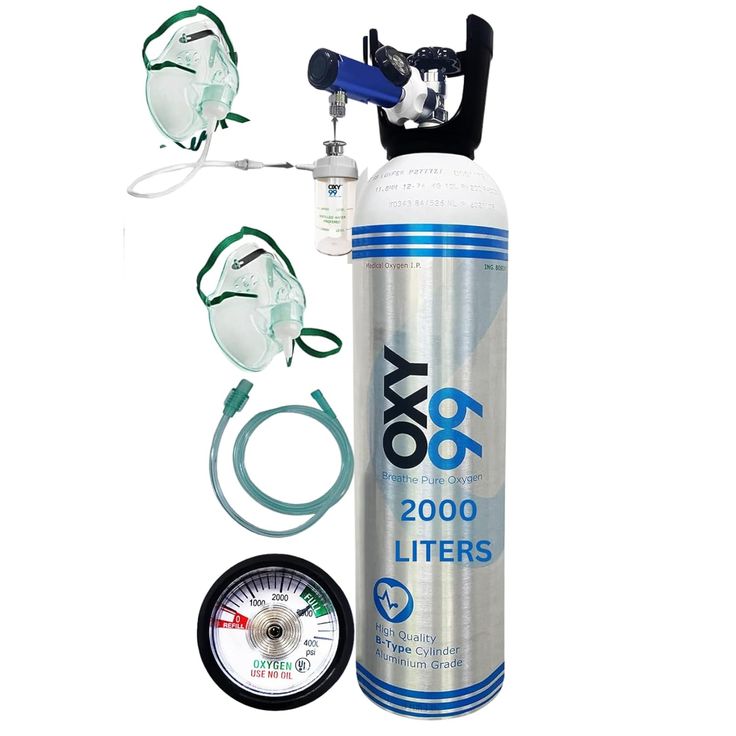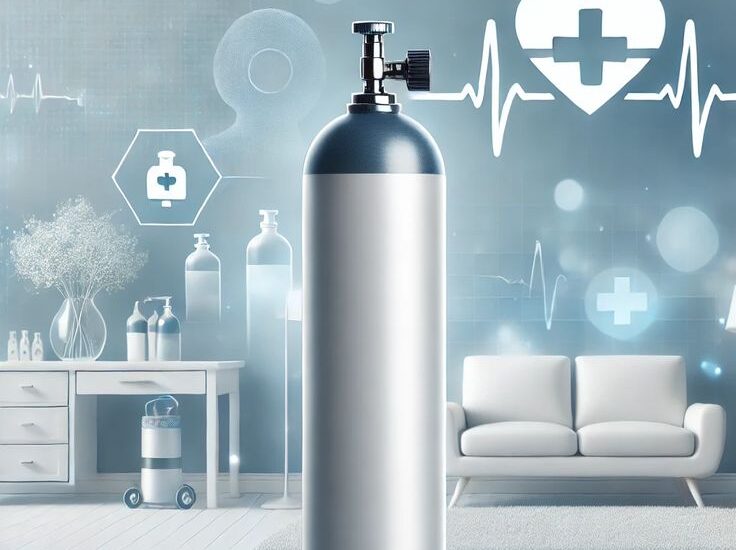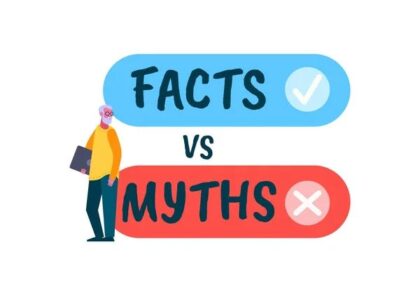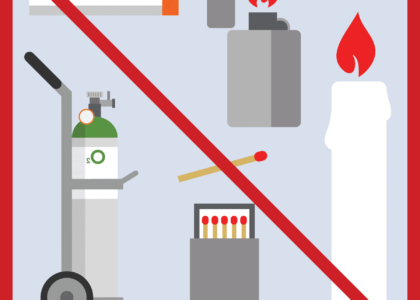Oxygen is essential to life. For many, breathing comes naturally, but for others dealing with respiratory issues, oxygen therapy becomes a critical part of daily living. That’s where oxygen cylinders come in. Here’s How Oxygen Cylinders Work: A Beginner’s Guide is telling something about oxygen cylinders, Whether used in hospitals, homes, or during emergencies, oxygen cylinders help deliver pure oxygen to patients who need breathing support.
If you’re new to the concept, don’t worry. This beginner’s guide explains how oxygen cylinders work, what they’re made of, and how to use them safely and effectively.
What Is an Oxygen Cylinder?
An oxygen cylinder is a high-pressure container filled with pure oxygen gas. It is commonly used in medical settings to help patients who have trouble breathing due to conditions like asthma, pneumonia, COPD, COVID-19, or during surgeries.
The gas stored inside is highly concentrated, typically 99.5% pure, and helps improve oxygen levels in the blood when the lungs can’t function effectively.
Main Components of an Oxygen Cylinder

To understand how it works, it helps to know the main parts of a standard oxygen cylinder:
Cylinder Body: Usually made of steel or aluminum, this tank stores compressed oxygen.
Valve: Located at the top, this controls the release of the gas.
Pressure Regulator: Since the gas is stored at high pressure (up to 2000 psi), the regulator reduces it to a safe level.
Flow Meter: This allows you to control how much oxygen is released per minute.
Humidifier Bottle (optional): Used in medical oxygen cylinders to moisten the oxygen, making it easier on the lungs.
Nasal Cannula/Mask: The delivery system used by the patient to inhale the oxygen
How Oxygen Cylinders Work
So, how does all of this come together?
Filling the Cylinder: Pure oxygen is filled into the cylinder under high pressure at authorized gas filling stations like Shreeji Gas Industries.
Connecting the Equipment: The regulator is attached to the cylinder to manage pressure, followed by a flow meter to control how much oxygen is released.
Setting the Flow Rate: The doctor prescribes the flow rate (in liters per minute), depending on the patient’s condition. The caregiver adjusts the flow meter accordingly.
Delivering the Oxygen: The oxygen flows through a tube connected to a nasal cannula or face mask, reaching the patient’s lungs directly.
Monitoring and Replacement: Once the cylinder reaches low pressure, it needs to be refilled or replaced. Most cylinders come with pressure gauges to indicate the oxygen level.
Where Are Oxygen Cylinders Used?
Hospitals and Clinics: For surgeries, emergencies, and respiratory patients.
Homes: For patients needing long-term oxygen therapy.
Ambulances: For providing oxygen on the move.
Industrial Use: Though different in grade, oxygen is also used in manufacturing processes.
Important Safety Tips
Always store cylinders upright and in a cool, ventilated area.
Never use oil or grease on cylinder parts; it can cause a fire hazard.
Check for leaks regularly and never try to repair a faulty cylinder yourself.
Use only with doctor’s prescription and follow usage instructions properly.
Ensure you’re getting oxygen cylinders from a certified supplier like Shreeji Gas Industries for safety and reliability.
Conclusion
Oxygen cylinders are simple in design but powerful in function. They provide a vital supply of life-giving oxygen to patients when it’s most needed. Understanding how they work, how to use them safely, and when to seek professional help can make a big difference in managing health emergencies or chronic respiratory conditions.
If you’re looking for trusted oxygen cylinder suppliers in Agra, Shreeji Gas Industries offers reliable, certified, and fast service tailored for both medical and emergency needs. Let oxygen support life—safely and efficiently.





